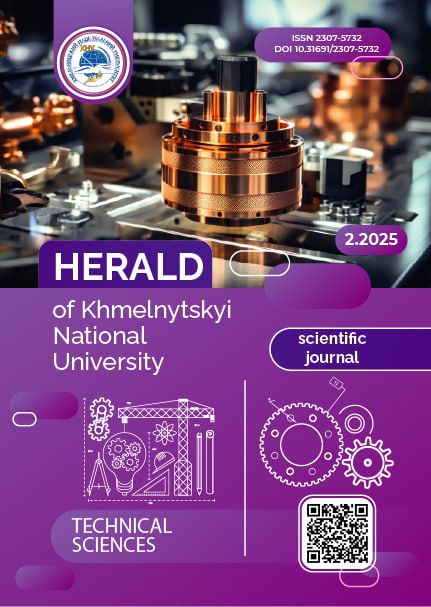APPLICATION OF NEURAL NETWORKS TO DETECT ANOMALIES IN MICROSERVICES: COMPARATIVE ANALYSIS OF METHODS
DOI:
https://doi.org/10.31891/2307-5732-2025-349-46Keywords:
neural networks, anomaly detection, microservice, autoencoderAbstract
This study focuses on the application of neural networks for anomaly detection in microservice architectures. The increasing complexity of modern microservice systems makes traditional anomaly detection methods less effective, as they struggle to adapt to dynamic environments and large volumes of data. Neural networks offer a promising solution due to their ability to model complex patterns and detect subtle deviations that may indicate system failures or security threats.
The aim of this work is to compare the effectiveness of different neural network-based approaches to anomaly detection, evaluate their strengths and weaknesses, and determine the most suitable method for practical implementation. To achieve this, several key tasks were outlined: an in-depth review of contemporary anomaly detection techniques applied to microservices; an analysis of neural network-based models, with a particular focus on autoencoders and recurrent neural networks (RNNs); a comparative assessment of these methods in terms of accuracy, computational efficiency, and robustness to noise; an exploration of hybrid models that combine different techniques to improve detection performance; and the formulation of recommendations for selecting the optimal approach based on specific application scenarios.
This research examines the use of deep neural networks for detecting behavioral anomalies in microservice environments. Various architectures are tested and compared to identify trade-offs between detection accuracy, processing speed, and resistance to false positives. The findings indicate that deep neural networks, particularly autoencoders and recurrent models, achieve high precision in identifying anomalies, but their efficiency varies depending on the architecture and the nature of the dataset. The study highlights that while autoencoders effectively capture deviations in data distribution, recurrent networks excel in detecting temporal anomalies in sequential microservice interactions.
The conclusions confirm that neural networks provide a powerful tool for anomaly detection in microservice monitoring, significantly outperforming conventional statistical approaches. However, challenges remain, including the need for adaptive models capable of learning in real time and optimizing computational resources. Further research should focus on hybrid approaches that integrate multiple neural architectures to enhance detection accuracy and scalability. The development of self-learning and auto-tuning models could also improve adaptability to evolving microservice behaviors, ensuring robust and efficient anomaly detection in complex distributed systems.
Downloads
Published
Issue
Section
License
Copyright (c) 2025 МАКСИМ ПЕРЕТЯГА, ІЛОНА РЕВЕНЧУК (Автор)

This work is licensed under a Creative Commons Attribution 4.0 International License.

